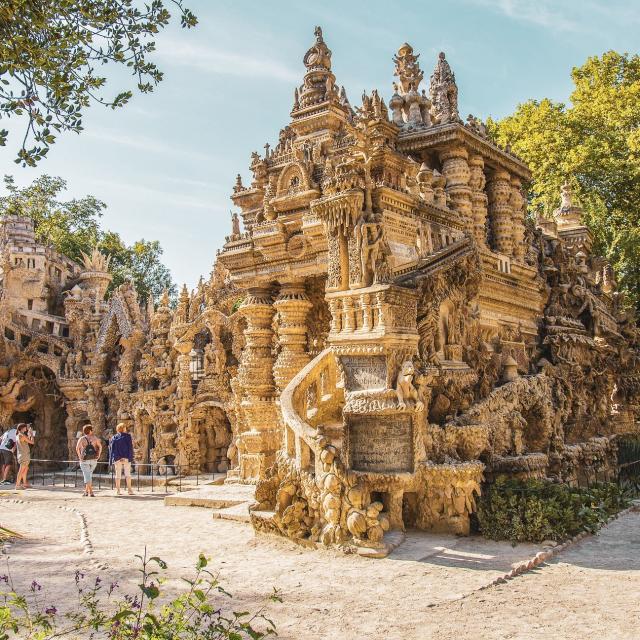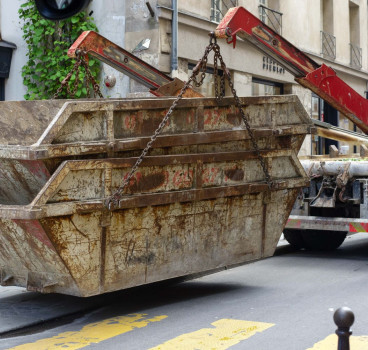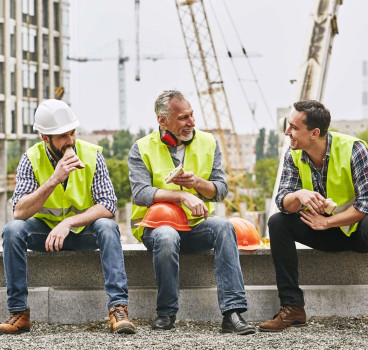The unlikely architect - unveiling the mystery of Le Palais Idéal
In the heart of the Drôme region of France, nestled amidst rolling hills and quaint villages, stands a structure unlike any other. Le Palais Idéal (The Ideal Palace) isn't your typical grand palace - it's a whimsical tapestry of architectural styles, a testament to human creativity and the unwavering pursuit of a dream. This enchanting enigma was not crafted by a renowned architect, but by a humble postman named Ferdinand Cheval. His story, intertwined with the fantastical edifice he built over 33 years, is a tale that continues to inspire generations.
Ferdinand Cheval's life, before 1879, appeared ordinary. Born into a peasant family in 1836, he later apprenticed as a baker before settling into the routine of a postman's life. One fateful day, while delivering mail in the Drôme, a chance encounter with an oddly shaped stone ignited a spark within him.
Mesmerised by its beauty, Cheval picked it up, vowing to use it to create something extraordinary - "a work of giants and fairies," as he later described it. This seemingly insignificant moment marked the beginning of an extraordinary journey, one that would transform him from an unassuming postman to a visionary artist.
33 years of devotion
For the next 33 years, Cheval meticulously collected discarded treasures – stones, pebbles, and bits of ceramic – during his daily mail runs. He carried these materials back home, a growing collection that foreshadowed the grand palace he envisioned.
Working primarily at night, by the glow of an oil lamp, Cheval meticulously laid each piece, transforming his backyard into a canvas for his artistic vision. With no formal architectural training, he relied on intuition and inspiration, drawing from postcards, magazines and even his dreams, to create a palace unlike any other.
So began Le Palais Idéal, a building that defies easy categorisation. Its intricate facade showcases a fascinating blend of architectural styles – Romanesque arches, Byzantine influences, and even hints of Hindu motifs. Cheval's untrained eye saw beauty in unexpected places and his palace became a canvas for his eclectic inspirations.
The structure features towers, grottoes and sculptures, each meticulously crafted from his collection of "found objects." The result is a harmonious symphony of styles, a testament to the boundless power of imagination.
From mockery to recognition
Cheval's dedication was not met with universal acclaim. Initially, some villagers mocked his unconventional project, labelling him "le facteur maboul" (the crazy postman). Undeterred by their taunts, Cheval persevered, driven by his unwavering belief in his vision.

His relentless dedication eventually earned grudging respect, and later in life, he even received recognition from prominent artists, including the Surrealist André Breton. In 1962, Le Palais Idéal was designated a monument historique (historical monument) by the French Ministry of Culture, solidifying its place as a unique artistic treasure.
A story of human spirit
The true magic of Le Palais Idéal lies not just in its fantastical architecture but in the story it embodies. It's a testament to the unwavering human spirit, a reminder that creativity and vision can bloom even in the most unexpected places.
Cheval, the unassuming postman, defied limitations and dared to dream. Through sheer dedication and a relentless pursuit of his vision, he transformed his backyard into a work of art that continues to inspire awe and wonder.
Le Palais Idéal serves as a beacon of hope for aspiring artists, a reminder that formal training isn't always a prerequisite for creative expression. Cheval's story proves that passion, dedication, and a willingness to embrace unconventional materials can lead to extraordinary creations. His work encourages us to look beyond the mundane and find beauty in the ordinary, to see potential in the overlooked and discarded.
Today, Le Palais Idéal stands as a vibrant testament to Cheval's legacy. It attracts over 120,000 visitors a year, each one drawn to the whimsical charm and captivating story behind its creation. Visitors can wander through the palace grounds, marvelling at the intricate details and the sheer scale of Cheval's accomplishment. The palace also houses a museum dedicated to Cheval's life and work, offering a glimpse into the mind of the visionary postman.
Some might argue that the story of Le Palais Idéal is a call to action for us all. It encourages us to embrace the unconventional, to nurture our creativity and to pursue our dreams, regardless of background or perceived limitations. Just like Cheval, we can find inspiration in the everyday, transforming the ordinary into something extraordinary.
Le Palais Idéal stands as a lasting reminder that the human spirit is capable of extraordinary feats. It's a testament to the power of dreams, unwavering dedication, and the transformative potential of art. So, the next time you encounter something discarded or overlooked, remember the story of Ferdinand Cheval. Perhaps within that ordinary object lies the spark of inspiration for your own extraordinary creation.
Sources
https://www.parisupdate.com/le-palais-ideal-du-facteur-cheval/
You can immerse yourself in the magic of Le Palais Idéal with a virtual tour offered on the official website. https://www.facteurcheval.com/

Additional Articles

Why everyone has a favourite skip and what it says about you
In construction, there are two universal truths – tea, of course, is essential and believe it or not, everyone - whether they are prepared to admit it - has a favourite skip. It may sound strange,...
Read moreThe cultural significance of the bacon roll in UK construction
Walk onto any construction site in the UK at 7:30am and you’ll quickly discover that the most important piece of equipment isn’t a digger, a drill or a laser level. It’s a humble, foil-wrapped,...
Read more

Check out the odd things unearthed on construction sites
Dig deep enough on a construction site and you might be amazed at what you find. In fact, if there is anywhere destined to uncover hidden treasures, you are in the right place. Large-scale ground...
Read more